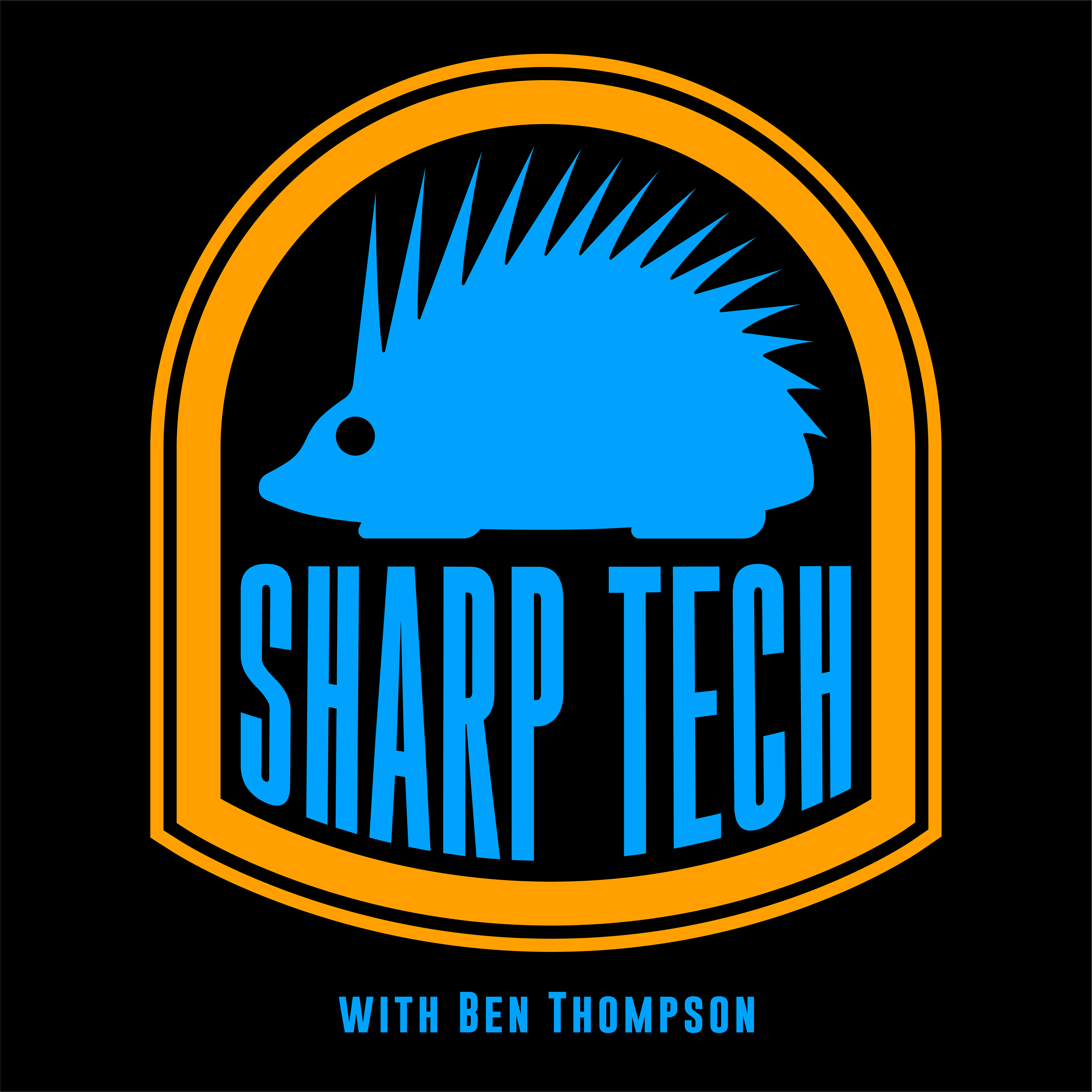
(Preview) What AI Could Mean for Aggregation Theory, o3 and Moore’s Law, More Questions Than Answers as Tech Enters 2025

Sharp Tech with Ben Thompson
Deep Dive
Why is the era of aggregation theory considered to be behind us according to Doug O'Loughlin?
Doug O'Loughlin argues that the era of aggregation theory is behind us due to the rise of AI, which reintroduces marginal costs to software businesses. This shift challenges the zero marginal cost model that underpinned hyperscalers' business models, making technology more expensive and compute-intensive.
What is the significance of OpenAI's o3 model in the context of AI architecture?
OpenAI's o3 model represents a shift in AI architecture, where the model spends more compute time to deliver better answers. This approach contrasts with earlier models that relied solely on scaling up the model size and data. The o3 model demonstrates that inference-time scaling can significantly improve performance, marking a new direction in AI development.
How does the concept of inference-time scaling relate to Moore's Law?
Inference-time scaling in AI is analogous to Moore's Law in semiconductors, where progress is achieved by focusing on different vectors of improvement over time. Just as Moore's Law evolved through advancements in lithography, metallurgy, and transistor design, AI scaling is now shifting from model size to optimizing compute usage during inference, enabling better performance without solely relying on larger models.
What challenges do hyperscalers face with the rise of AI and compute-intensive technologies?
Hyperscalers face challenges as AI reintroduces marginal costs to their previously zero marginal cost business models. The increased compute requirements for AI workloads make technology more expensive, forcing hyperscalers to adapt their infrastructure and business strategies to remain competitive in a more compute-intensive future.
Why does Ben Thompson find the shift away from aggregation theory exciting?
Ben Thompson finds the shift away from aggregation theory exciting because it re-energizes the tech landscape. He views the dominance of aggregation theory as having become stagnant, with antitrust issues being the primary focus. The rise of AI and other disruptive technologies offers new growth drivers and opportunities for innovation, moving beyond the limitations of the aggregation era.
What broader societal analogy does Ben Thompson draw regarding the shift in AI and technology?
Ben Thompson draws an analogy between the shift in AI and technology and the post-World War II media consensus. Just as society moved from a narrow, centralized set of facts to a more fragmented and diverse media landscape, AI is driving a similar transformation in technology. This shift challenges existing paradigms and requires new ways of thinking about trade-offs and decision-making.
- Doug O'Loughlin declared the end of the aggregation theory era due to compute costs in AI.
- Hyperscalers' business models rely on zero marginal costs, which are challenged by rising AI compute costs.
- OpenAI's o3 model is discussed, questioning if it's a new architecture or a sophisticated workaround.
Shownotes Transcript
Ben and Andrew return from the holidays to check in on the AI landscape. Topics include: Aggregation Theory and the return of marginal costs for hyperscalers, the architecture of OpenAI’s o3 model, the murky future for software engineers and SaaS companies, and whether Scarlett Johansson fumbled the bag. At the end: In praise of learning to ski as a middle-aged beginner.
To email the show: [email protected])
@SharpTechPodcast Channel — YouTube)
@Stratechery Channel — YouTube)
2025 AI & Semiconductor Outlook — Fabricated Knowledge)
Enterprise Philosophy and The First Wave of AI — Stratechery)
ChatGPT Gets a Computer — Stratechery)
The End of the Beginning — Stratechery)
Get all episodes of Sharp Tech, Sharp China, Stratechery Updates and Interviews, Greatest of All Talk and the Dithering Podcast as part of Stratechery Plus) for $15/month or $150/year.